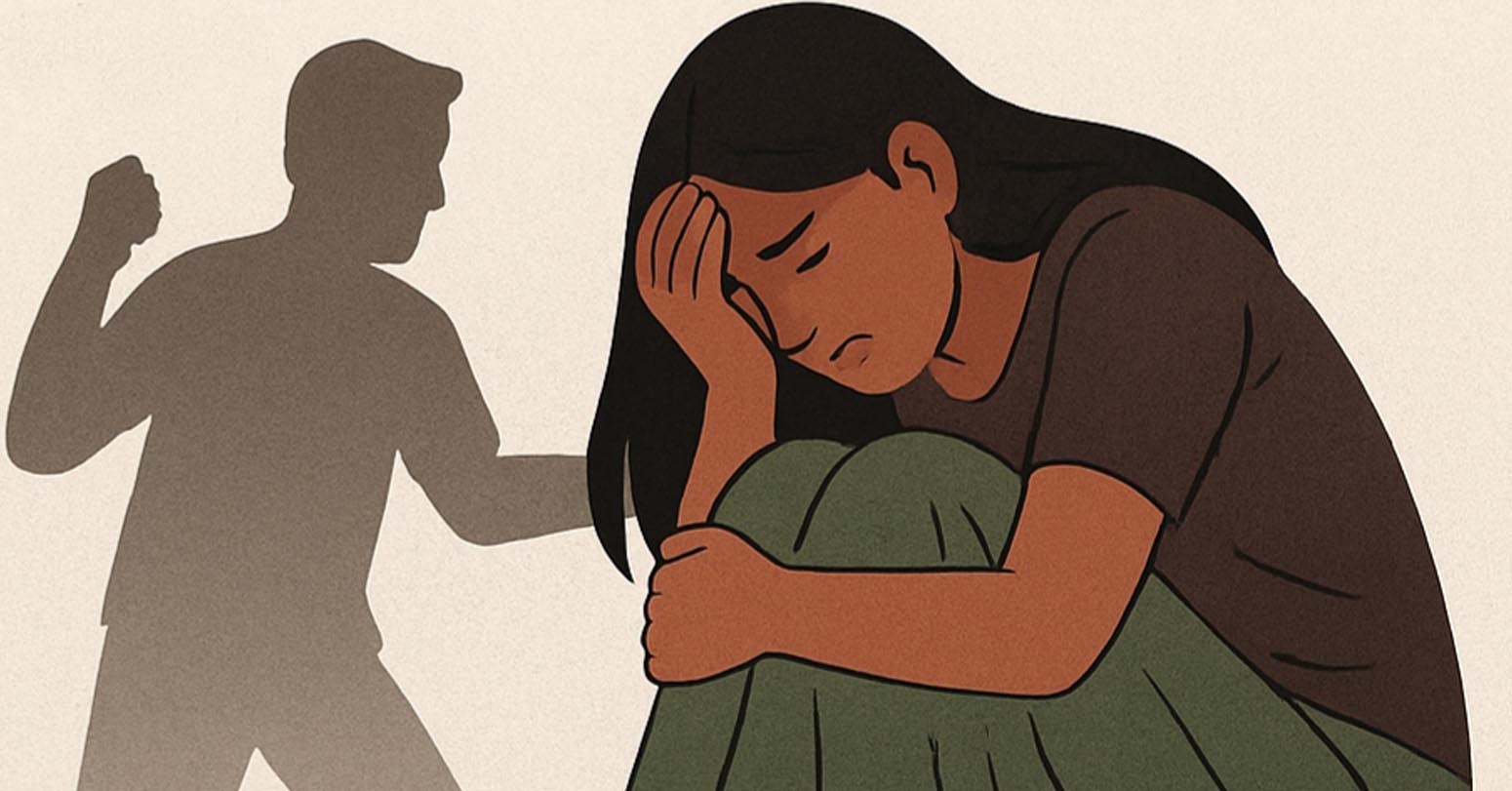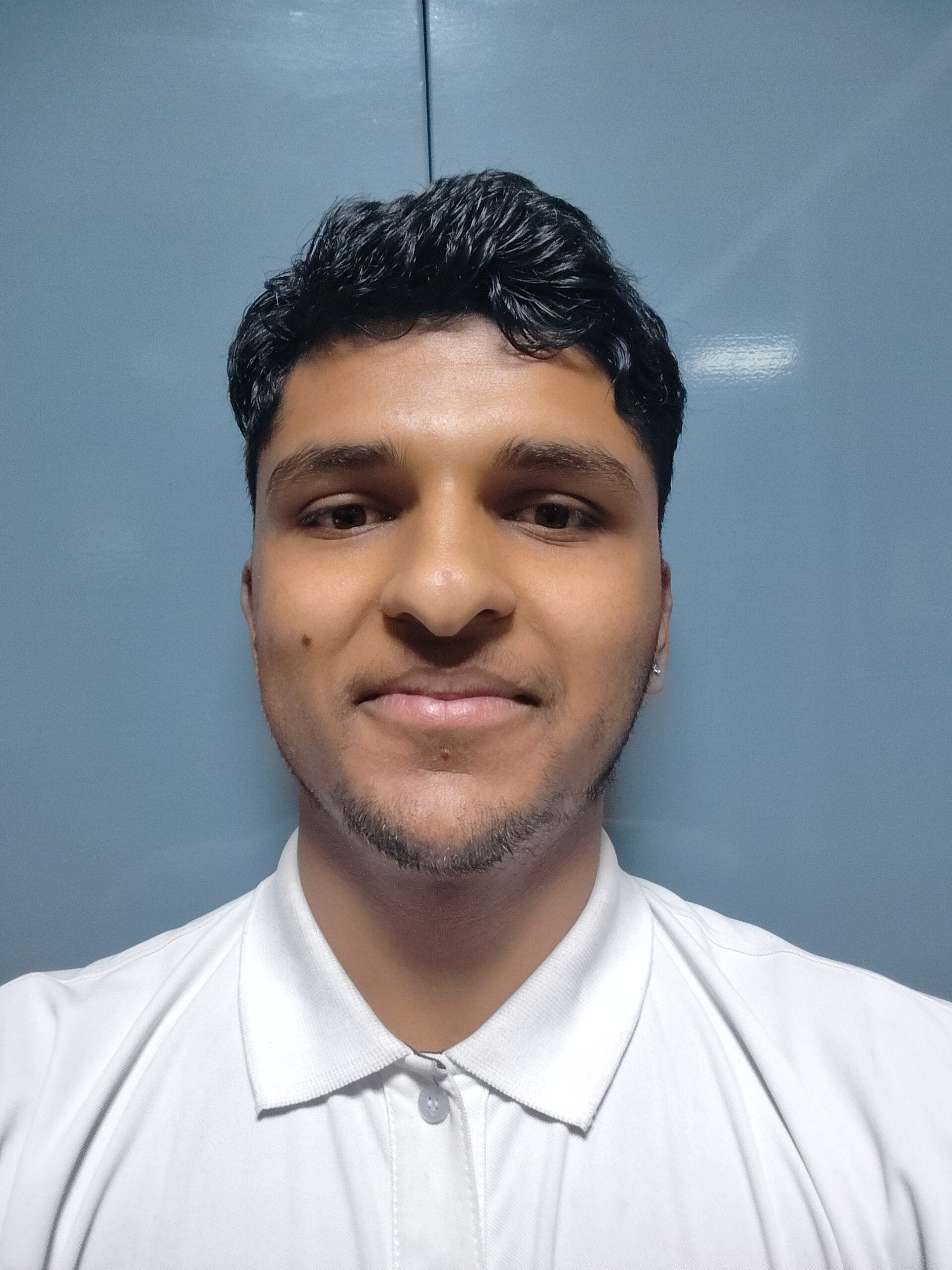
In rural Nepal, where streams flow through green valleys, there’s a hidden danger—waterborne diseases. These illnesses, like diarrhea, cholera, and typhoid, are still some of the leading causes of death, especially among children under five. Ironically, the very water that supports these communities is also causing them harm. Could the answer really be as simple as a plastic bottle?
How SODIS Works
Solar Water Disinfection SODIS is a simple, low-cost method that uses sunlight to make water safe. All it requires is filling a clear plastic bottle with water and leaving it in direct sunlight for six to eight hours. The sun’s ultraviolet rays kill harmful germs, making the water safe to drink. It doesn’t need expensive tools, electricity, or chemicals—just sunlight and an ordinary bottle.
Why SODIS Fits Nepal
Nepal is perfect for SODIS because it has plenty of sunlight throughout the year, especially in rural regions like the Terai and hills. Plastic bottles are already widely available, making the method easy to adopt. Unlike large water purification systems that need maintenance and funding, SODIS is something individuals and families can use right at home.
For women who spend hours fetching water, SODIS could save both time and effort. They wouldn’t need to boil water on wood stoves anymore—a process that harms forests and creates dangerous smoke indoors. Instead, they can let sunlight do the work for free.
Challenges of Acceptance
The main challenge isn’t the science but convincing people to trust it. In many places, safe water is associated with boiling or filtering, and sunlight doesn’t seem like a reliable solution. This is why raising awareness is so important. Demonstrating effectiveness of SODIS through community programs will contribute to its success.
Another issue is the type of bottles needed. Not all plastic bottles are suitable for SODIS those made of PET plastic are better. The transparent Coke bottles can also be used for this process.
Potential Impact:
Using SODIS more widely could help lower the number of waterborne diseases like diarrhea in Nepal. Studies show that places using SODIS have seen up to 80% fewer cases of diarrhea. Some groups have already tried SODIS in a few areas, and the results have been good. If we continue these efforts and include SODIS in health strategies across the country, we could save thousands of lives every year.
Next Steps:
Spread Awareness: Teach people in villages how SODIS works and show them why it’s safe and easy to use.
Collaborating : Partner with NGOs and businesses to distribute PET bottles and integrate SODIS into community development efforts.
Inclusion in Education: Teaching the methods of SODIS in schools so children can use it at home and share the idea with others.
Manage Plastic: Launch programs to collect and recycle used bottles to avoid adding to plastic waste.
A Bottle of Hope
For families in rural Nepal, a simple plastic bottle could mean the difference between life and death. SODIS is more than a way to clean water—it’s a way to give people hope. With the right support, this small but powerful solution can transform lives in some of the most vulnerable communities.
This article has not been edited by our team. It is directly published by the author via public post.
















Middle-aged man spends millions to
Breathing The Unbreathable Air
Comprehensive Data Protection Law Critically
Gender Differences In Mental Healthcare
Dr. Dharam Raj Upadhyay: Man
Erosion of Democracy